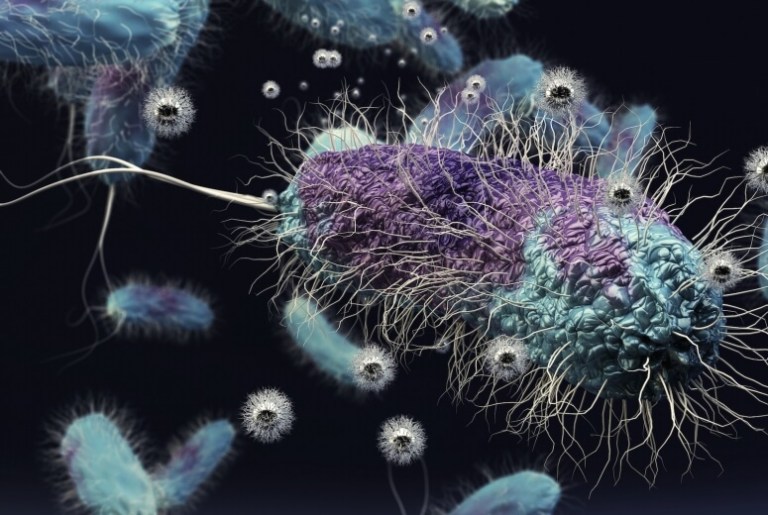Bacterial production of nano-metals is a growing field of research because of its advantages over current chemical or physical manufacture processes. Bacterial production offers an alternative process in a more benign environment, it does not produce toxic waste and has lower energy requirements. Nonetheless, the process is not yet competitive because production time is longer or produced nanometals are not stable.
Uses
There are many potential uses of nanometals in medicine, optics, electronics and heavy metal waste clean up.
For instance, there are many bacteria that can produce nanosilver, a wonder nanometal for its antibacterial and antifungal properties (touted as an alternative to antibiotics) which has been used as a coating in healthcare, cosmetics, female hygiene products, air-conditioning systems, washing machines, clothing, toys etc.
Other nanomaterials of interest are:
- gold nanoparticles
- magnetic nanoparticles
- alloy nanoparticles
- palladium nanoparticles
- copper nanoparticles
Potential Uses
- Nano materials grown with bacteria onto surfaces as coatings, for example to improve durability, give anti-bacterial properties, or to give structural coloration (like certain butterfly wing colours) rather than using dyes.
Processes
Different bacteria synthesis nanometals in different ways. In nature, this process was developed for bacteria to survive in high metal toxicity environment. As explained by this academic paper , “nanoparticles are biosynthesized when the microorganisms grab target ions from their environment and then turn the metal ions into the element metal through enzymes generated by the cell activities. It can be classified into intracellular and extracellular synthesis according to the location where nanoparticles are formed.”
More Information
- https://www.hindawi.com/journals/jnm/2011/270974/
- https://www.omicsonline.org/open-access/biological-synthesis-of-metallic-nanoparticles-by-bacteria-fungi-and-plants-2157-7439.1000233.php?aid=31363
- http://www.nanosilver.com.my/nano-tech-facts/what-is-nano-silver/
- “Engineering nanosilver as an antibacterial, biosensor and bioimaging material”. (October, 2011)
- http://www.sciencedirect.com/science/article/pii/S2211339811000025
